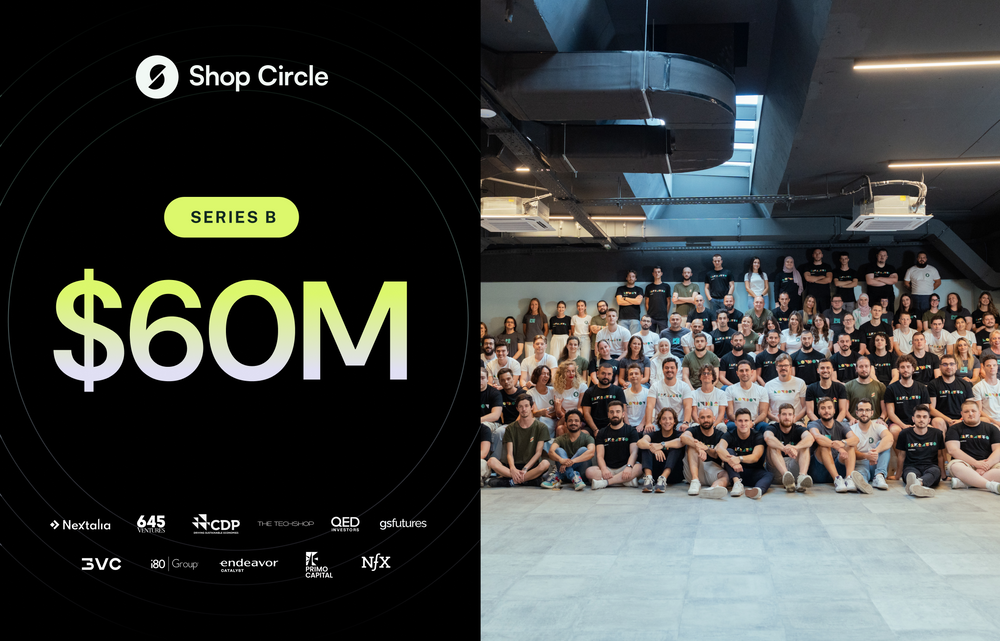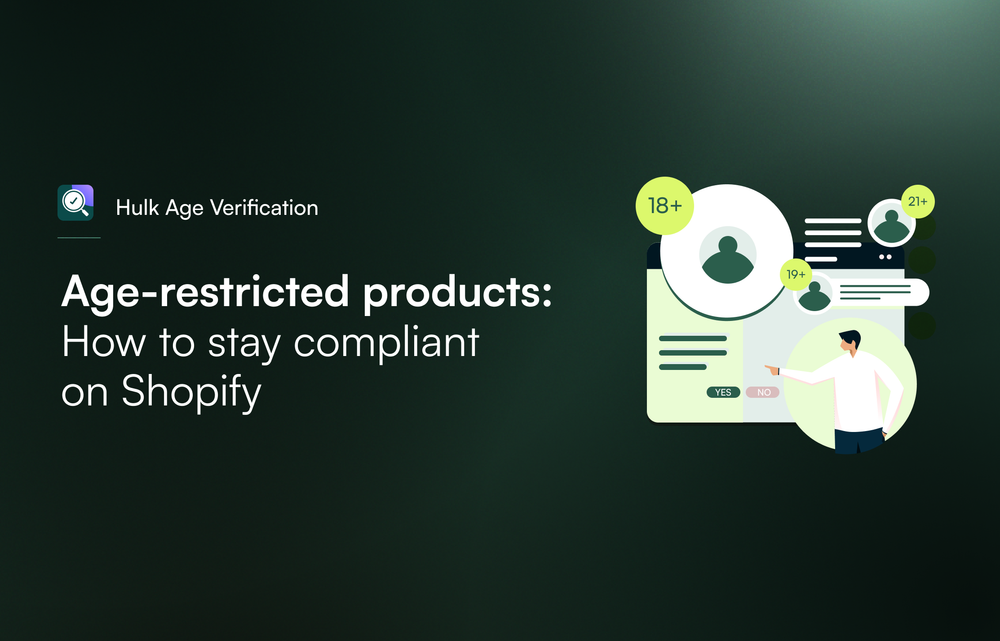Back to all posts
SC Kalkulator Cen Wysyłki + | Aplikacje | Handel Cyfrowy
4 skuteczne strategie, aby przezwyciężyć porzucanie koszyka
6 minutes, 58 seconds

Anywhere commerce has arrived
In the age of digitalization and connectivity to the entire world, e-commerce is now shifting to enable commerce anywhere.’ Customers have various methods of interacting with brands; by shopping on Instagram, reading about, and clicking through to a new product launch on a blog post, purchasing products directly from their smart devices like Alexa, smart refrigerators, or even their Peletons.
The rapid change in the technological landscape has brought on various new ways to interact with customers, and the number of mobile users have risen to meet the number of desktop users. With a massive 30% increase generated in mobile commerce throughout the lockdown, understanding how to get the most out of this shift is the multi-million dollar puzzle brands are racing to solve.
It has become increasingly necessary for brands to start optimizing their mobile shopping experience to close the conversion gap and capitalize on the opportunity gap.
Closing the conversion gap
However, there remains somewhat of a mystery in shoppers’ mobile commerce behaviour. While an ever-growing number of shoppers are browsing on mobile, many are still abandoning carts on their way to the checkout. Average mobile add-to-cart rates in 2020 were 8.96% compared to 4.35% on desktop, but conversion rates for mobile (0.8%) fell considerably behind those for desktops (3%), and tablets (2.5%).
The major problem is that the terrain of e-commerce has shifted so rapidly that a lot of retailers have not yet learned how to create an optimized mobile experience. For example, mobile shopping experiences are often clunkier than on desktop. Forms can be difficult to navigate, fill out and can require a lot of unnecessary information, especially for first-time buyers. Brands looking to gain a competitive advantage will seek to pinpoint exactly where shoppers are dropping out in the customizer journey, and why.
Step one: What is happening?
Cart abandonment rates are increasing across all industries at an average rate of 69.57%. However, some industries are turning out higher cart abandonment rates than others, going even as high as 80%.

Further, if your brand is primarily, and traditionally run through mobile as a channel, it is an even bigger reason to buckle down on strategies for mitigating cart abandonment and maximizing conversion rate.
If you are seeing a lot of traffic in your e-commerce store, but not enough conversion, it is time to dive into the data to find out what proportion of those shoppers are coming from mobile. If a majority of them do, then perhaps a more intuitive and seamless customer experience journey is required for the user flow of mobile buying behavior.
To take it one step further, the cart abandonment rate for Shopify in 2019 was calculated to be 77.13%. This means that out of every four customers that come on to your Shopify store, three of them go all the way to checkout’s moment of truth, and then decide to walk away.
There is no denying the data. Retailers are leaving billions of dollars behind in the mobile shopping experience. Eighteen to be exact.
Step two: Why is this happening?
Now that we’ve addressed the cart abandonment elephant in the room, let’s take a look at how to tackle it. There are multiple reasons why potential customers might not see, or feel connected to your brand’s value proposition):
Surprise costs and lack of transparency: Unexpected costs is the reason 56% of shoppers abandon shopping carts. If there are surprises in the checkout or a customer feels like there has been a lack of transparency around the end costs, they may decide not to avail that purchase at all. For example, a customer shopped for a product at a price point of $79, but after moving to the checkout, packaging and shipping costs were added in and the price shot up to $99. Had the customer seen the delivery costs in the beginning, they would have approached with the mindset of making a $99 purchase. However, a lack of transparency in the customer journey has led to friction and frustration, and now the customer has decided to opt out.e
- Lack of customer reviews: The more the number of reviews a company has, the better. Product pages with 1-10 reviews are 52.2% more likely to convert visitors than pages with no reviews. Conversely, consumers are also more likely to question the credibility of the product and its value if they observe a lack of customer reviews and testimonials.
- Low recall: Sometimes, customers only abandon the cart to check out competitors or even simply because they got distracted. Out of sight, out of mind. In cases like these, brands need to make sure that they provide constant reminders to the visitors about the value they would receive from making the purchase. This could be done by popup notifications, email campaigns, or even personalized offers of discounted prices in a limited time frame.
- Friction in the customer journey: If the loading speed of the site is low, or if shoppers face difficulties in finding the product, adding it to cart and checking out, shoppers might abandon the entire process altogether. Providing a seamless experience across all channels is crucial to facilitate a smooth customer experience, and ensuring that it takes the least amount of clicks to reach the checkout section of the customer journey will be pivotal to increasing conversion.
Step three: Putting a stop to cart abandonment
Your conversion optimization approach should be intimately tailored to both the needs of your brand as a business, and your customers’ needs and expectations. Here are four key strategies successful brands are implementing to achieve conversion success:
- Show them the money
We have established that consumers rate and value the importance of cost transparency very highly. To cater to their needs, retailers can establish a SC Shipping Rates Calculator + on their cart page, to give the customer better visibility into shipping options, costs, and opportunities for optimizing their spend.
- Review, review, review
Collect reviews immediately, or as soon as possible from customers. Reviews.io recommends sending a review request after 7-30 days, depending on how nuanced your product or service is. You can even set up custom workflows using SC Customer Tagging to send out automated email to the segment of customers that would be more likely to review ‘x’ number of days after receiving the product, removing the manual labor of having to organize, manage, and follow up on review requests.
- Remind the customer of their interest to buy
Sometimes customers just need to be reminded that they had meant to place an order. Pop-up notifications and emails to alert them about their cart or related products are a good way of making sure the shopper is given the opportunity to complete the purchase - and potentially even increase their spend and buy more products or services. Apps like Cart Convert Upsell Cross Sell facilitate creating and communicating unique offers to increase the value of the cart, upsell higher value products, and recommend related products. Using this app along with SC Customer Tagging will enable you to target each segment with a uniquely built workflow that is tailored for them, making them more likely to convert.
- Omnichannel approach
Creating a seamless customer journey from every possible touchpoint, can drive sales in other channels where shoppers interact with your brand. Think: social media, blogs, emails, QR codes and even augmented reality (AR). Imagine what you could achieve if you delivered tailored experiences based on how the customer wants to interact with your store, anda brand-consistent experience across the full journey–in any channel.
In conclusion, closing the conversion gap is a complex challenge, and the solutions are diverse. Leading retail brands are paying close attention to conversion rates by touchpoint, learning where and why they have drop off and finding ways to improve those moments to boost conversion. A diligent approach to improving the customer experience is what will help brands close the conversion gap and unlock more revenue.
EastSideCo and Shop Circle deliver innovative, commerce-leading solutions designed to ignite your store’s performance in any channel.
Read More

Build Customer Trust with Secure Order Tracking
March 11, 2025

Shop Circle Raises $60M Series B to Drive the Future of AI-Powered B2B Software
February 25, 2025

Best Practices for Printing Invoices on Shopify
February 18, 2025

Age-Restricted Products: How to Stay Compliant on Shopify
February 11, 2025
